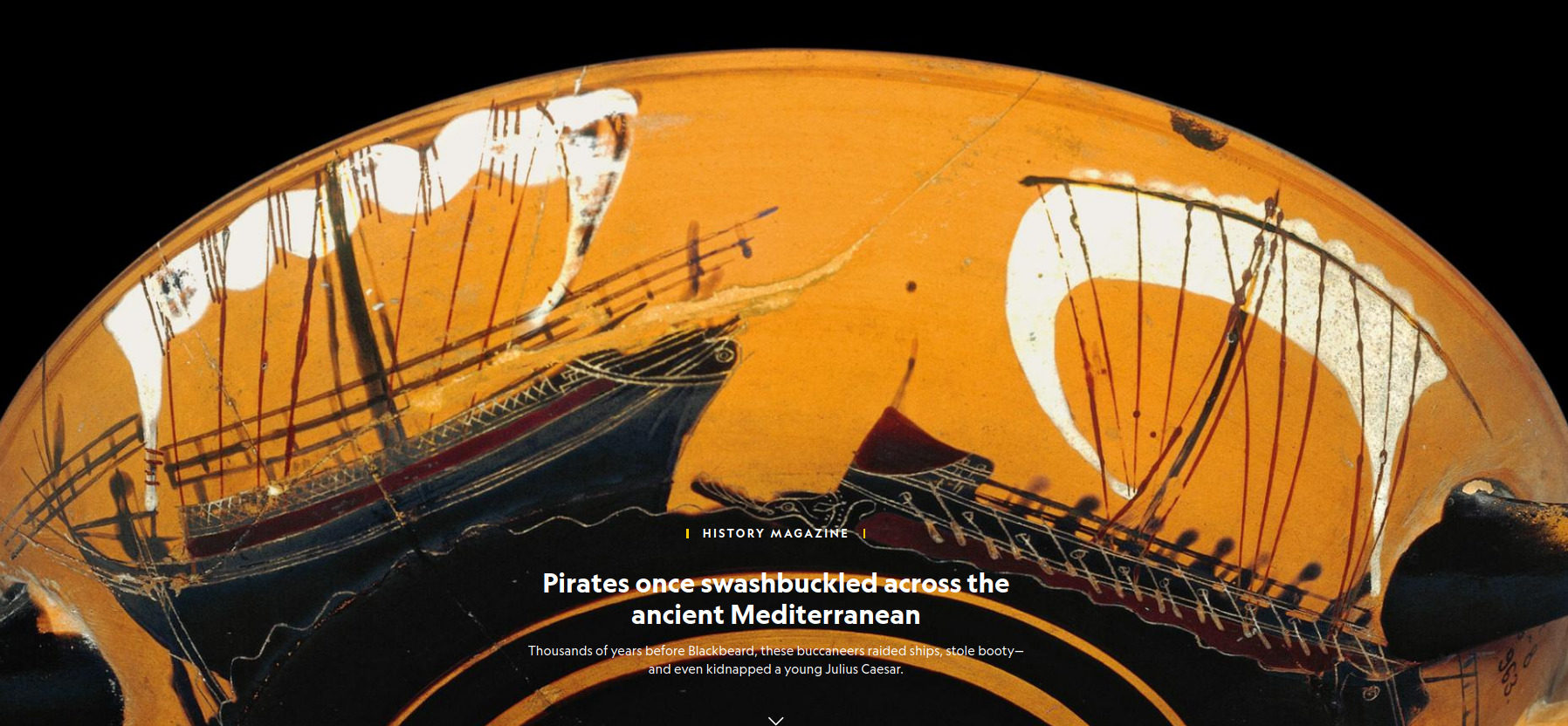
These highly fanciful notions were inspired by the privateers and buccaneers of the "golden age" of piracy, which lasted roughly between 1650 and 1730. But pirates and piracy are much older than this era, and maritime banditry has been around for nearly as long as seafaring itself.
The origins of the modern term "piracy" can be traced back to the ancient Greek word peiráomai, meaning attempt (i.e., "attempt to steal"). Gradually this term morphed into a similar sounding term in Greek meaning "brigand," and from that to the Latin term pirata.
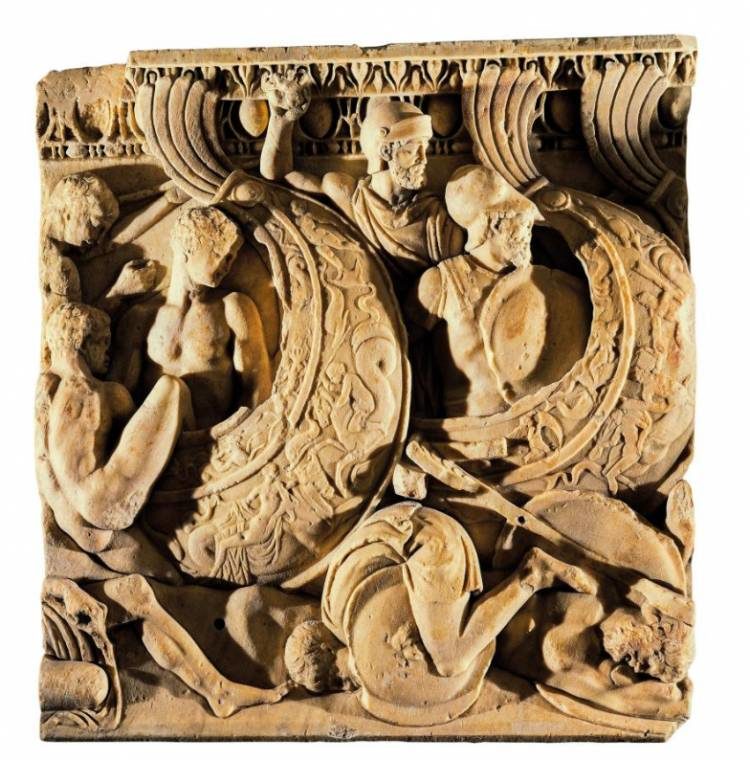
Land and sea
Piracy in the ancient world can be linked, in part, to geography. The ruggedness of the Mediterranean region often favored maritime rather than agricultural livelihoods. During the Bronze and Early Iron Ages, occupants of coastal settlements such as Byblos, Sidon, and Tyre in Lebanon, and Athens, Aegina, and Corinth in Greece, relied on marine resources such as fish, mollusks, seaweed, and salt for their survival. Most people living in such places would have owned a boat and possessed both seafaring skills and an unsurpassed knowledge of local navigation and sailing conditions. If times were particularly hard, these skills could be easily used in piracy.
Models and images of sailing vessels found in Greece, Egypt, and the Levant reveal that by 3000 B.C., a wide assortment of craft were regularly sailing the Mediterranean. During the early millennia of seafaring, when maritime navigation was in its infancy, ships were unable to cross long distances over open water and so kept close to the coast. Shipping was therefore restricted to a few navigable routes, such as the one that connected Egypt with the island of Crete.
Merchant vessels laden with goods moved along these shoreline thoroughfares. The rugged coastlines of the Mediterranean were another advantage to pirates. Numerous hidden inlets allowed their ships to remain hidden from view until it was too late to escape. Merchant ships lacked speed and dexterity, and pirates were quicker and nimbler.
The wreck of KyreniaPirates in Egypt
In 1965 the wreckage of an ancient, small, single-masted merchant boat was discovered on the bottom of the sea off the coast of Cyprus. Archaeologists Michael and Susan Womer Katzev dubbed the wreck Kyrenia, after a nearby Cypriot port. Radiocarbon dating reveals the boat was constructed between 325 and 315 B.C. — around the time of the death of Alexander the Great — and sank between 295 and 285 B.C. When it sank, the ship was carrying a shipment of amphorae of wine from Rhodes, millstones, and almonds. The 46-foot-long, lead-plated hull bore signs of violence. Evidence that some of the cargo is missing has led archaeologists to suspect that the Kyrenia was captured, plundered, and then sunk by pirates.
Some of the earliest written accounts of piracy come from Egypt. One of the first is an inscription from the reign of Pharaoh Amenhotep III (1390-1353 B.C.) that describes having to establish defenses in the Nile Delta against maritime raiders. These raiders were perhaps the first true pirates, as they attacked anyone of any nationality and owed their allegiance to no one.

The Sea Peoples
Another important Egyptian text sheds light on a feared and mysterious group of marine marauders: the Sea Peoples. In The Tale of Wenamun, a work of fiction written around 1000 B.C., the Tjeker (a subset of the Sea Peoples) controlled the coastline between southern Israel and Byblos (central Lebanon) and attacked merchant shipping with impunity. The titular Wenamun turns to piracy in a desperate effort to replace the money that had been stolen by one of his crew. Despite the Tjeker not being directly involved in the crime, Wenamun blames their leader for failing to apprehend the criminal and so seizes a Tjeker ship and takes a quantity of silver.

The identity and nationality of the Sea Peoples remains one the biggest questions in the history of the ancient Mediterranean. The term "Sea Peoples" does not appear in ancient texts (a 19th-century Egyptologist coined the name). Most of the sources describing their actions come from ancient Egypt, and none gives a specific geographic point of origin for them. While the Sea Peoples' actions may appear like pure piracy, their exact nature and intentions are still debated. At different times they may have been immigrants or entrepreneurs, instead of strictly pirates. Historians continue to explore this mysterious maritime power to understand their true place in the history of the Mediterranean.
Epic pirates of Greece
Attitudes to piracy in ancient Greece are reflected in the Homeric epics, The Iliad and The Odyssey, composed around 750 B.C. Although pirates are often spoken of with disapproval in these works, on a few occasions their actions and activities are not only condoned but praised.
The historian Thucydides later wrote of the different motives for coastal dwellers to practice piracy, "some to serve their own cupidity and some to support the needy." Like Homer, Thucydides suggests that marauders could be held in esteem: "They would fall upon a town unprotected by walls and would plunder it; indeed, this came to be the main source of their livelihood, no disgrace being yet attached to such an achievement, but even some glory."
By the end of the sixth century B.C., Greek trade spanned the length and breadth of the Mediterranean. The marked increase in the volume and value of goods being traded meant that, for the first time, large coastal cities such as Athens, Corinth, and Aegina were almost wholly dependent on maritime trade. With piracy now posing a significant threat to their commercial interests, these cities introduced a number of measures to fight it.
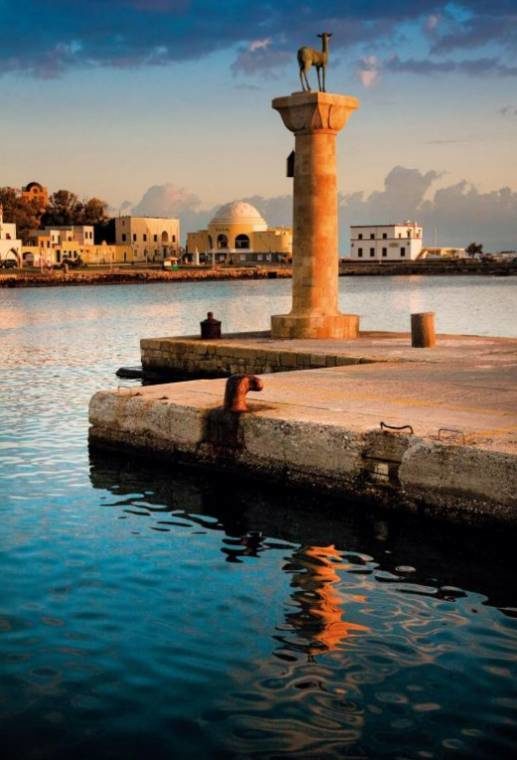
These measures proved fruitless in stopping the pirates. In the fourth century B.C., Alexander the Great believed attacks on his merchant shipping would threaten his planned invasion of Persia. He created the first truly international coalition against piracy to which his allies were expected to contribute. But following his death in 323 B.C., no power was strong or affluent enough to suppress piracy. In fact, Alexander's successors found that pirates could be turned to their advantage, either to directly menace their enemies, or by being incorporated into their own navies as auxiliary units.
Demetrius I of Macedon regularly employed pirates among his naval forces. The first-century B.C. historian Diodoros Siculus records that the spectacular array of vessels Demetrius deployed when blockading Rhodes included a number of pirates, the sight of which "brought great fear and panic to those who were watching."
Crime and divine punishmentPirates of Rome
Artists embraced piracy in their works, as in this third- century A.D. Roman mosaic. Uncovered in the House of Dionysus and Ulysses at Thugga (in modern Tunisia), it depicts, Dionysus, god of wine, aboard a pirate ship. Adapted from a tale that appears in the Homeric Hymns (a series of poems from the seventh and sixth centuries b.c.) and Ovid's Metamorphoses (A.D. 8), the god is kidnapped by pirates who believed him to be a mortal prince. When they try to tie Dionysus up, the ropes fall away. The helmsman warns that he must be a god, but the pirates take no notice. Suddenly, a vine springs from the top of the mast, and Dionysus turns into a lion. The terrified pirates jump into the sea and are turned into dolphins. In the mosaic, the figure of Dionysus is on the left (the head has been lost), and extends an arm toward his portly mentor, Silenus, who has his hand on the tiller.
During the fourth and third-centuries B.C., Etruscan pirates posed a major threat to the merchants of Greece. They presented a particular menace to the island of Rhodes whose thriving economy was heavily dependent on the Adriatic shipping routes between Greece and Italy. Rhodes therefore deployed its large, well-equipped navy to protect trading ships.
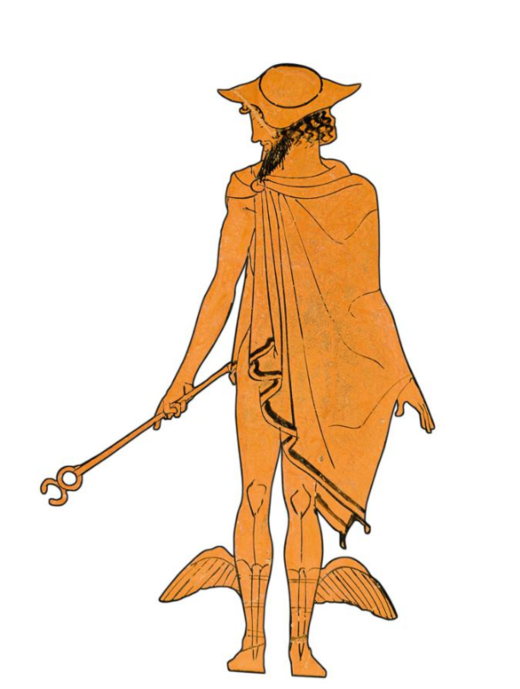
As Rome's agricultural and mining industries depended on a plentiful supply of cheap slaves, the Romans were initially willing to tolerate the Cilicians, but their tolerance came to an end in 75 B.C. when a group of Cilician pirates kidnapped a young Julius Caesar, and held him on the island of Farmakonisi. The first- and second-century historian Plutarch describes Caesar's blasé reaction to his 38-day captivity: He joined in their games, read aloud his speeches to them, and laughingly threatened to kill them all.
"The pirates were delighted at this," Plutarch wrote, "and attributed his boldness of speech to a certain simplicity and boyish mirth." As it turned out, they had fatally underestimated their captive. Once ransomed, he hunted down and imprisoned them. A little later, "he took the pirates out of prison and crucified the lot of them, just as he had often told them he would do when he was on the island and they imagined that he was joking."
The sack of Rome's port town, Ostia, at the hands of pirates in 67 B.C. finally persuaded the Romans to undertake a more concerted and systematic effort to tackle piracy. A new law granted the Roman general Pompey the Great unprecedented authority and finances for combating this scourge of trade.
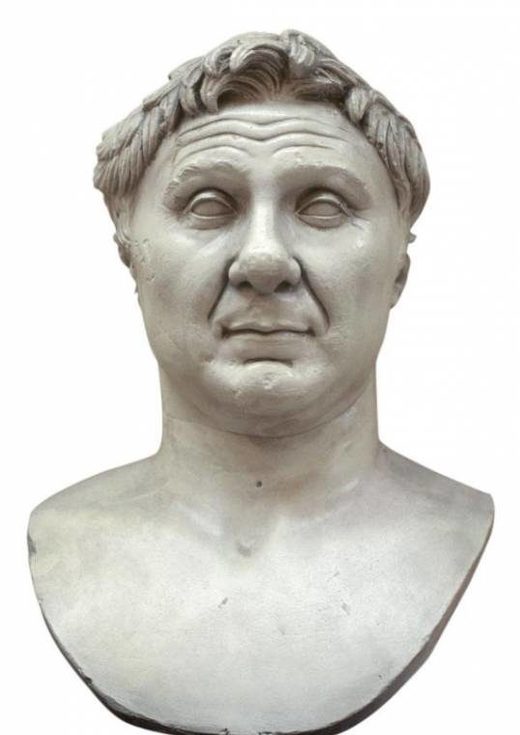
Their flutes and stringed instruments and drinking bouts along every coast, their seizures of persons in high command, and their ransoming of captured cities, were a disgrace to the Roman supremacy. For, you see, the ships of the pirates numbered more than a thousand, and the cities captured by them four hundred.Accordingly, Pompey undertook a series of raids against the main pirate strongholds in the Mediterranean. Although thousands died at the hands of Pompey's troops, those that surrendered were issued pardons and given property and land in regions located far from the sea. These rewards enabled the recipient to make an honest living and diminished the attractions of piracy. Pompey's policy to blend pressure with persuasion was to be the most successful method of fighting piracy for much of the Roman period.
Pax Romana
By the death of Augustus in A.D. 14, virtually the whole Mediterranean coastline was under direct Roman control. This Pax Romana, the peace resulting from Rome's dominance, curtailed the activities of pirates. As traditional occupations such as farming and trading became more profitable, the risks and hardships of a life at sea became distinctly less attractive. The political and economic unity of the Roman Empire also encouraged greater cooperation when it came to eradicating piracy.
Nevertheless, like those before them, the Romans were never able to completely eradicate the practice. The occasional outbreak of piracy was typically suppressed by large-scale naval operations. These campaigns were aimed at locating and destroying the pirates' anchorages and fleets. One such operation occurred during the reign of Tiberius in the first century A.D. An honorific inscription commissioned by the citizens of Ilion (in modern-day Turkey) offers thanks to the Roman general Titus Valerius Proculus for "destroying the pirate groups in the Hellespont and for guarding the city in all ways without burdening it."
Although the Roman Empire had all but eradicated piracy at the height of its power, as its political and economic influence waned during late antiquity, the practice once again began to flourish in the Mediterranean. Even the powerful fleet of Byzantium did little to prevent piracy from becoming a great scourge to the region, and marauders once again terrorized the shipping lanes until the emergence of the formidable Arab and European navies in the early Medieval period.


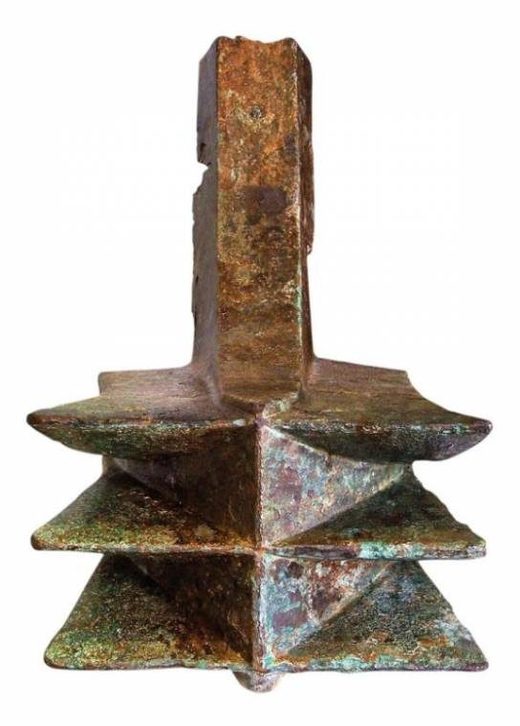



Reader Comments
Now we know where flying cockroaches got into the equation. Hee hee.
Agron: Just jivin.
I think instead of swashbuckle I would say just rob and murder.